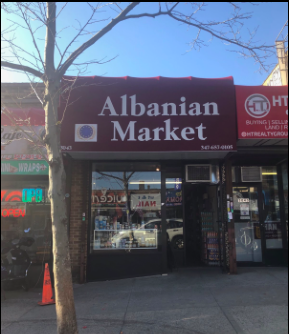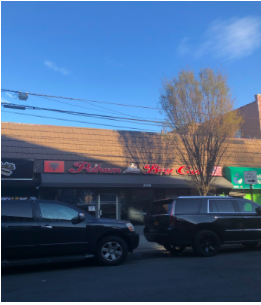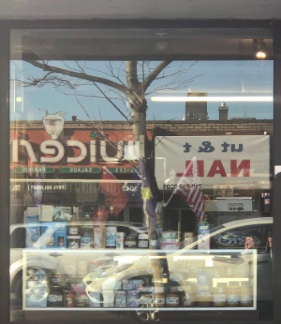Albanians of New York City
Albanians have a unique history in New York City.

(Johannah Doyle ’22). With the Albanian population in New York continuing to grow, the contributions and distinct presence of Albanian-Americans in New York City will grow with it.
The New York Times ran an article last March 2020 describing an interesting process occurring in the Belmont section of the Bronx; the neighborhood, famed for its “authentic” Little Italy, was actually experiencing a decrease in its Italian-American population and a transformation into an enclave for a new ethnic group: Albanian-Americans.
Albanian immigration to the United States has occurred to some extent since the early twentieth century, but the numbers soared in the 1990s because of ethnic conflicts in the Balkan region, and have remained steady ever since. When accounting for American-born individuals of Albanian heritage, the Albanian-American community numbers around 200,000; precise estimates are difficult to produce because many ethnic Albanians are immigrating from what was once Yugoslavia, and not Albania proper.
Of this number, roughly two-thirds live in New York, specifically in the New York City metropolitan area.
The first Albanian immigrants were attracted to New York City for a number of reasons. Cheap and abundant real estate was an important factor, as early Albanian immigrants often worked as building supervisors, or “supers,” in New York City apartment buildings.
Another important factor was the heavy population of Italian-Americans in the New York area; Albanians and Italians have a unique kinship because of robust historical links. Many Albanians have sought temporary refuge in Italy before immigrating to America. The groups also share many cultural attributes, and even common ancestry. The Arbëreshë people of Southern Italy are a strong example of this; the group descends from the assimilation of Albanians fleeing the Ottoman Empire into Italy. Albanian immigrants to America were attracted to the established Italian-American communities of New York City and often found work in Italian restaurants and stores.
New York City was ultimately appealing to Albanian immigrants because of its opportunities for upward mobility. The Albanians who once worked as supers eventually bought buildings; this has culminated in one-third of Bronx buildings being Albanian-owned. Albanians who once worked in Italian restaurants found similar success, with 35% of pizza parlors in the Bronx today being run under Albanian ownership.

Albanian New Yorkers have begun to find success in other areas as well; Bebe Rexha, a Staten Islander whose parents are ethnic Albanians from Macedonia, is an enormously successful and talented pop singer and songwriter. Action Bronson, a half-Albanian from Queens, is a well-known rapper. Mark Gjonaj, whose parents are ethnic Albanians from Montenegro, has found success in local Bronx politics.

With increased economic and social status, Albanians in New York have begun carving their own identity. More restaurants like Cka Ka Qellu in the Bronx are exclusively serving Albanian cuisine. Our Lady of Shkodra Albanian Church in the Westchester suburbs of New York City and the Albanian-American Islamic Center in Queens are both religious organizations catering to Albanians in New York City, most of whom adhere to Catholicism or Islam.
With the Albanian population in New York continuing to grow, the contributions and distinct presence of Albanian-Americans in New York City will grow with it.
With the Albanian population in New York continuing to grow, the contributions and distinct presence of Albanian-Americans in New York City will grow with it.
Johanna Doyle is the Senior Facebook Editor of The Science Survey. She finds both journalistic writing and photography to be appealing because they capture...
Johannah Doyle is the Junior 'Science Survey' FaceBook Editor and also a Staff Reporter for 'The Science Survey.' She finds journalistic writing and photography...










